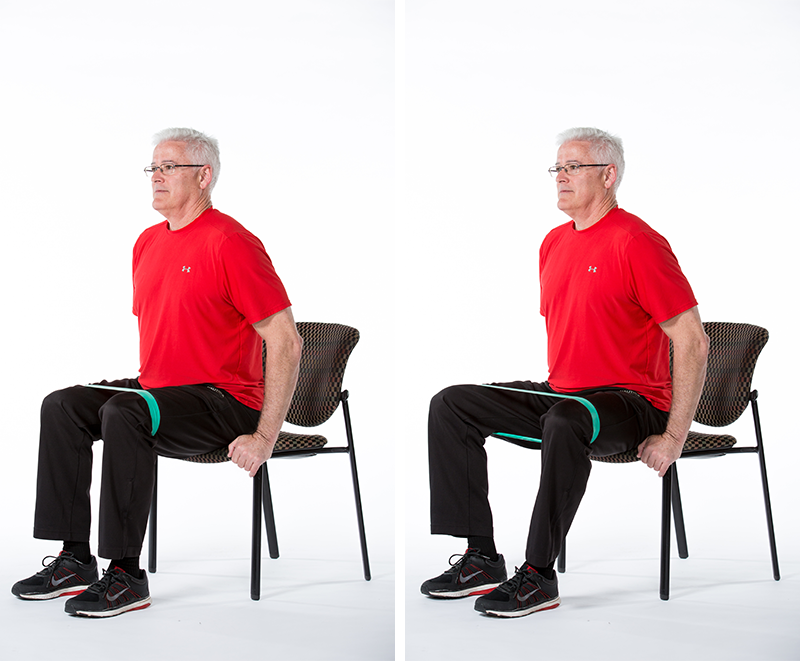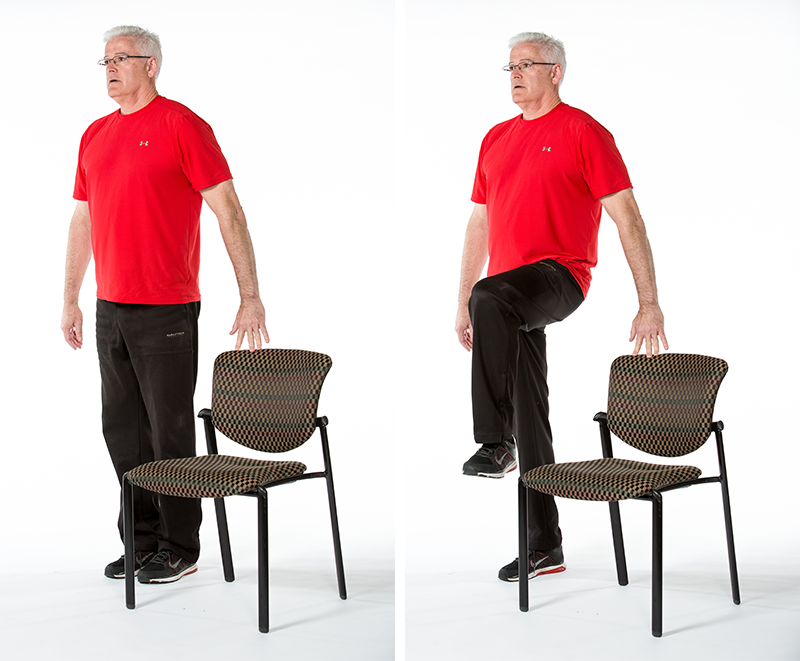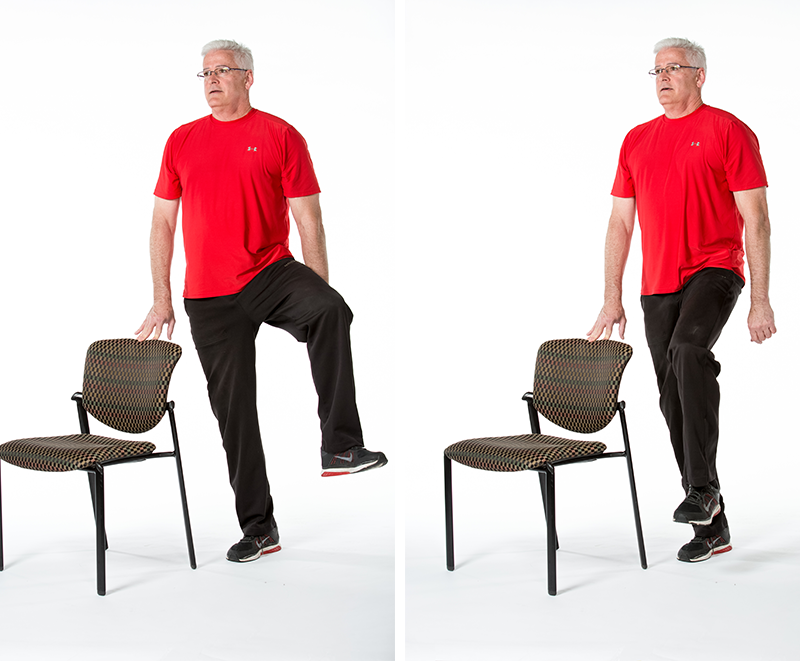The Formula For Beating Obesity in Young Women
Limiting weight gain to less than 3.84 pounds a year could help women stave off and beat current obesity rates according to new researched released by the European Association for the Study of Obesity.
Obesity is a raging epidemic worldwide, with 13% of the world's population suffering from the malady. The world's women population are 4% more obese than their male counterparts, with about 15% of women being measured as obese according to current BMI scales and calculations used worldwide. Professor Wendy Brown, in association with the School of Human Movement and Nutrition Sciences University of Queensland, Brisbane, QLD, Australia and other colleagues, tracked 4881 women between the ages of 18-23, starting in the year 2000. The data resulted in 59.4% staying at a healthy weight (average yearly weight gain of ~0.41lbs or less), 29% transitioning to being overweight (average yearly weight gain of ~1.85lbs or less, and 11.6% transitioning to an obese weight (average yearly weight gain of 3.84lbs or less).
The study also exhibited that women with a higher education were 50% more likely to remain healthy than those who did not obtain a higher education. The research also showed that 23-44% of women who participated in moderate-high amounts of physical activity were less likely to become overweight than those who did not exercise. Perhaps the most exciting of the concluding data for some, was that women who had two standard alcoholic beverages per day were 25% more likely to maintain a healthy weight than those who rarely drank or didn't drink at all. Those who smoked about a pack per day were 36% less likely to maintain a healthy weight and women who were separated were 23% less likely to maintain a healthy weight. The study's main conclusion was that stress, inactivity, and unhealthy habits such as smoking or overeating are the main contributors to weight gain, but if women can limit weight gain to less than 3.84lbs per year, they may be able to beat obesity.















